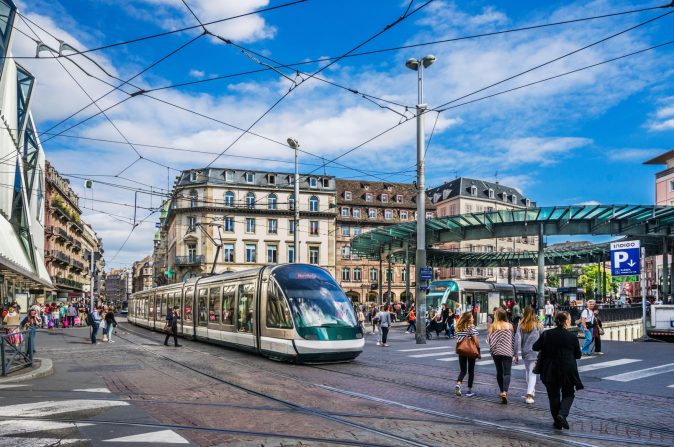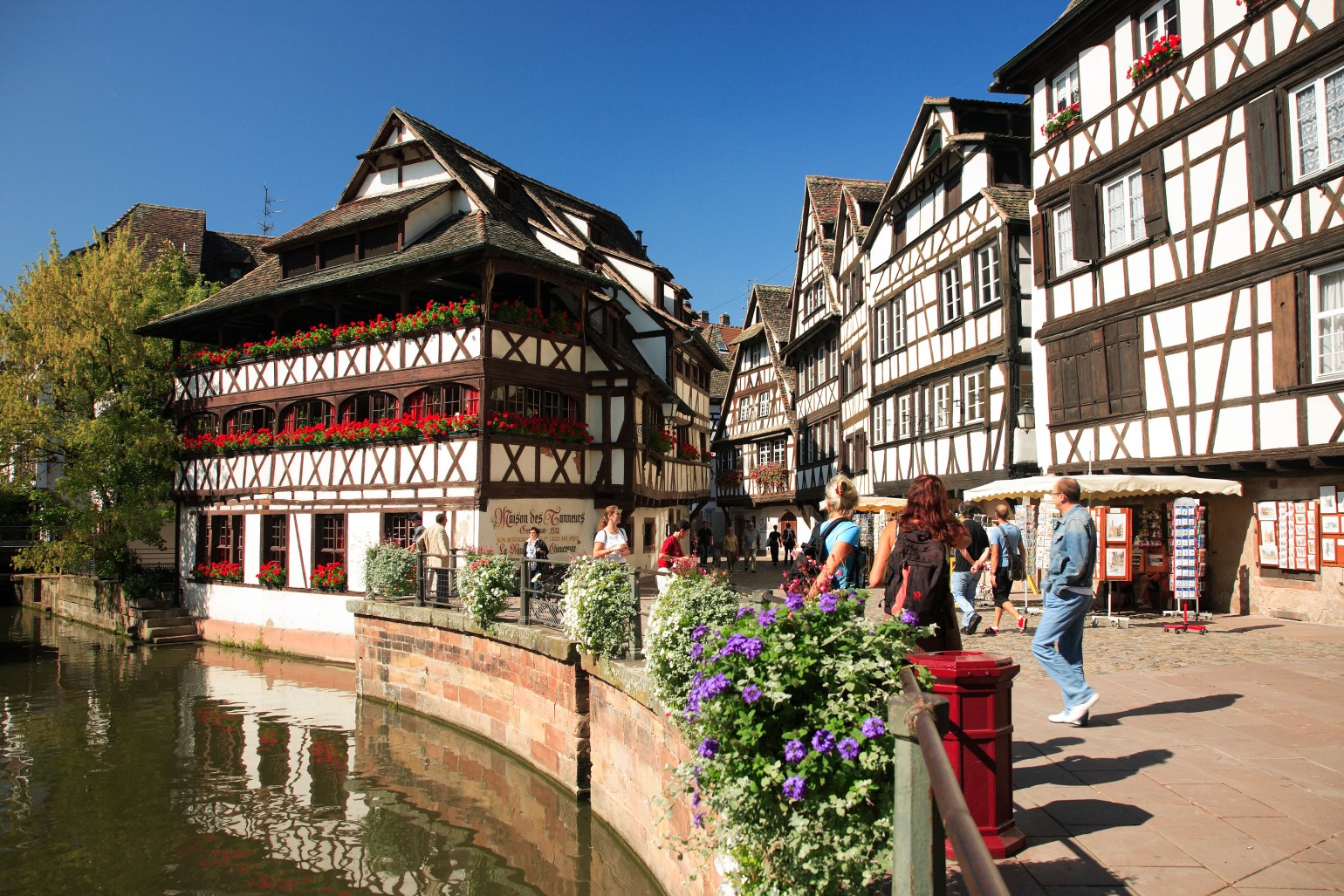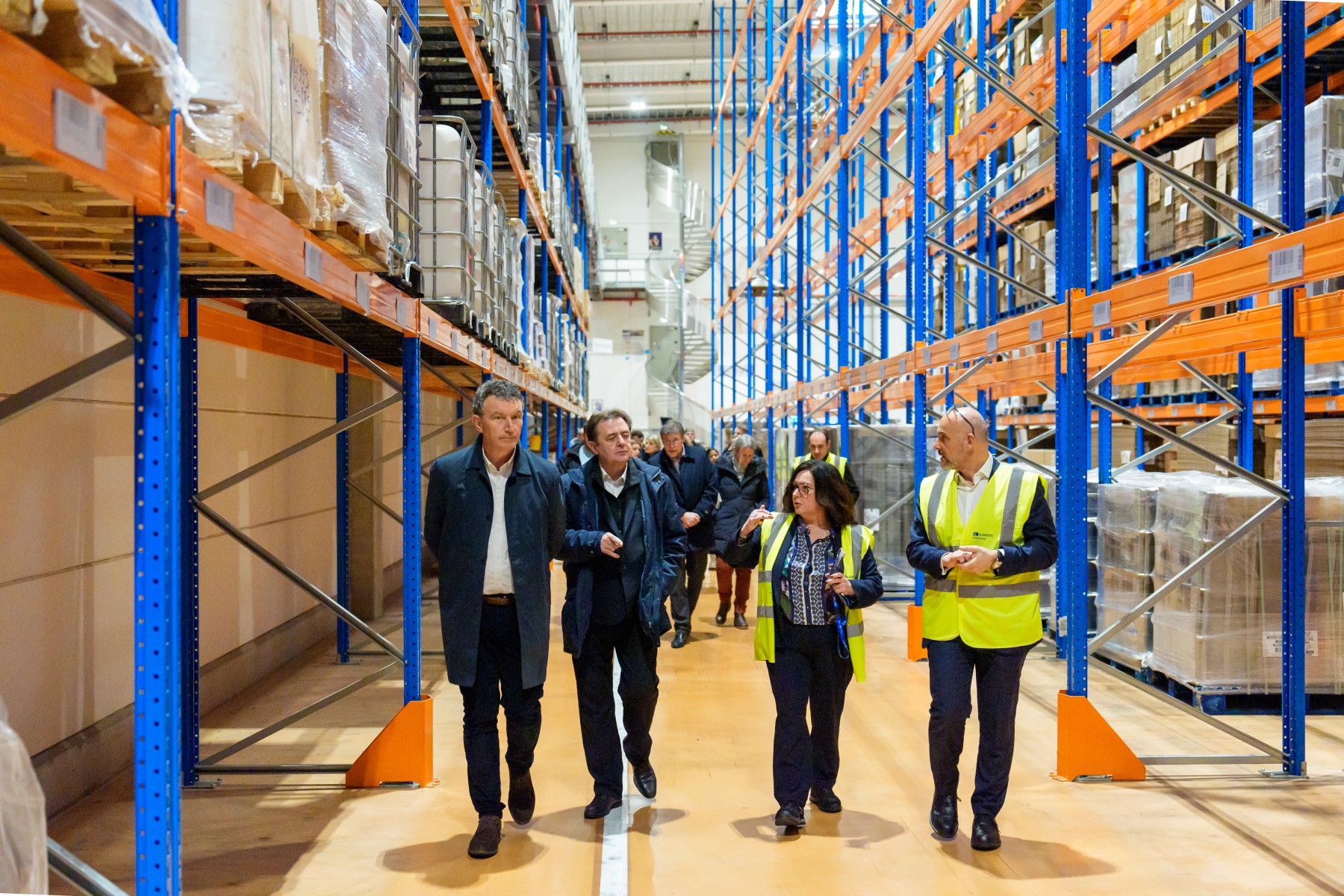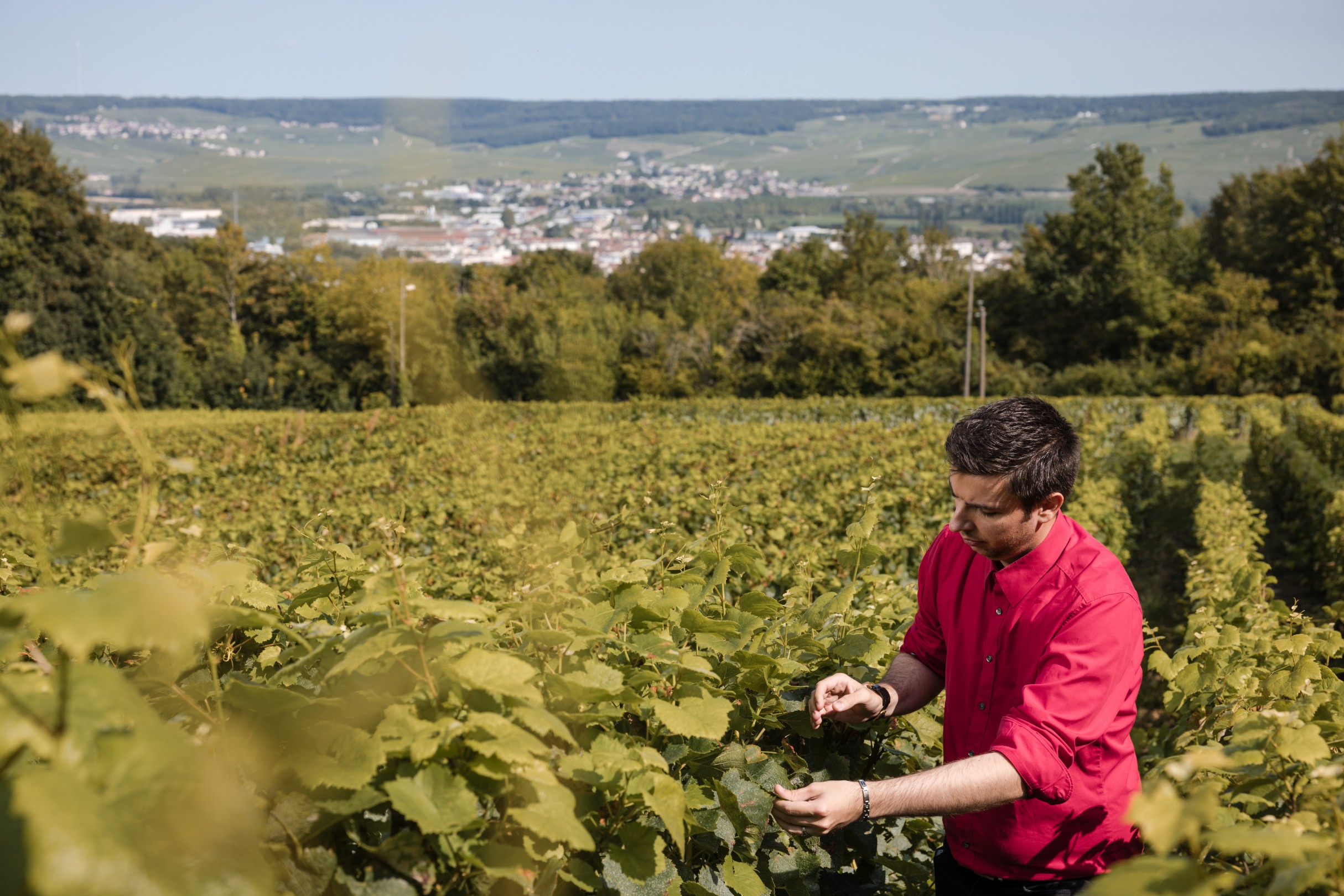Regions / France-USA-Today
Grand Est: France’s gateway to Europe’s economic core
France’s Grand Est region combines deep industrial roots with ecological innovation, offering international investors a powerful hub in the heart of Europe.

Located where France meets Belgium, Luxembourg, Germany, and Switzerland, Grand Est is one of France’s most strategic and internationally connected regions. With strong industrial heritage, cutting-edge climate initiatives, and proximity to 200 million European consumers, Grand Est offers globally-minded businesses a compelling entry point into the continent’s economic heart.
Franck Leroy, President of the Grand Est Regional Council, emphasized how the region’s advantages are rooted in both geography and vision. “Our deep industrial heritage sets us apart – we welcome industry while others resist it,” Leroy says. “With nearly 1,000 German companies based here, we serve as France’s gateway to Germany.”

Franck Leroy, President of the Grand Est Regional Council
Region built on industry, positioned for the future
Formed in 2016 by the merger of Alsace, Champagne-Ardenne, and Lorraine, Grand Est covers a vast territory – the fourth largest of France’s 13 mainland regions. It contributes significantly to nation al GDP through sectors such as manufacturing, pharmaceuticals, agri-food, and clean energy.
The region is home to 35 engineering schools and a skilled, multilingual workforce, a technical capacity supporting a range of industries, from automobile manufacturing to next-generation biotech.
“Our deep industrial heritage sets us apart – we welcome industry while others resist it.”
In Grand Est’s BioValley cluster, firms like Novartis and multiple health-tech incubators are thriving. “Grand Est offers prime opportunities for U.S. investment in industry, agriculture, and innovation,” Leroy says. “These sectors provide high-value, sustainable investment opportunities,” he adds. Notably, 40% of the global pharma industry lies within a 500 km radius of the region.

Strategic access to the European market
For businesses seeking to expand in Europe, Grand Est offers a location that’s hard to beat. The region is less than an hour from Paris and Charles de Gaulle Airport by high speed train, and it provides seam less physical access to markets stretching from Paris to Frankfurt to Brussels.
“Grand Est isn’t just a French region – it’s a European hub,” Leroy explains, pointing out that the region’s strategic location, combined with its strong cross-border partnerships, fosters innovation, business growth, as well as policy alignment.”
The region benefits from close cooperation with neighboring territories in Germany, Switzer land, Luxembourg, and Belgium, enhancing its role as a dynamic business and research center. In many sectors, these cross-border links make Grand Est a uniquely efficient base for multinational operations.
“The region’s disciplined work ethic, skilled workforce, as well as coordinated investor support make it a prime business destination.”
Transatlantic appeal: culture, stability, and growth
Investors are finding more than just logistical advantages here. Grand Est offers a stable and secure business environment, underpinned by carbon-free energy sources and a well-coordinated investment support network.
“The region’s disciplined work ethic, skilled workforce, as well as coordinated investor support make it a prime business destination,” Leroy notes. Tourism and lifestyle also play a role, with cultural icons like Champagne, Strasbourg Cathedral, and Verdun’s WWI memorials – a major historical site – contributing to its international allure.

Visionary leader in ecological transition
While grounded in tradition, Grand Est is also helping to shape the future. The region is one of France’s leaders in the ecological transition, leveraging both its natural resources and its industrial expertise. More than 80% of electricity produced in Grand Est is zero carbon.
“Our region has key energy strengths, from nuclear power to a booming renewables sector,” Leroy says. Lorraine’s hydrogen deposits and Alsace’s lithium reserves are key to future green technologies. And in the field of bioeconomy, Grand Est is at the forefront: producing biofuels, bioplastics, and even sustainable car interiors from plant-based materials.
“Grand Est stands out for its industrial heritage, energy resources, and cultural richness.”
Looking into the future, the region has launched ambitious initiatives to support energy efficiency and decarbonization among businesses and local governments. “We aligned key sectors – agriculture, industry, transport, and energy – under a clear roadmap to reach carbon neutrality by 2050, or sooner,” Leroy explains. Notably, Grand Est was the first region in France to implement a localized strategy to meet global climate goals.

Key player in France’s economic mosaic
Franck Leroy, President of the Grand Est Region, is quick to point out that Grand Est does not stand alone – it is part of a broader French ecosystem. “Our region has key energy strengths, from nuclear power to a booming renewables sector.”
“France’s regions are diverse yet complementary,” he says. “While Brittany excels in maritime industries and the Mediterranean focuses on tourism, Grand Est stands out for its industrial heritage, energy resources, and cultural richness.” That diversity strengthens France’s global appeal.
For companies seeking a sustainable, reliable, and strategically located European partner, Grand Est might just be the perfect place. Guided by a clear vision, Grand Est is where heritage evolves into innovation. Quietly confident, yet unmistakably ambitious, the region defines the next chapter of sophisticated European industry.
An emerging hub for AI
With record-breaking foreign investment in 2024 and a flourishing AI ecosystem, France’s Grand Est region is no longer just a strategic bridge between nations – it is becoming a bridge to the future.
At the cutting edge of innovation, Grand Est is also emerging as a hub for artificial intelligence. In May 2025, the region launched ENACT, an applied AI cluster of more than $57 million that brings together more than 200 researchers and 2,500 students. “Our goal is to support 150 PhD-level researchers annually by the end of the decade,” Leroy says.
“This isn’t just about technology – it’s about building the ethical and human foundation for AI in Europe.” Spearheading this momentum is LORIA (Lorraine Research Laboratory in Computer Science and its Applications), a leading AI research center in Nancy, and Inria, France’s national digital science institute, which operates multiple labs across the region. These institutions drive cutting-edge research in machine learning, robotics, and data science – anchoring a fast-growing AI ecosystem.
Public investment plays a key role. Through the French government’s national AI strategy and regional innovation funds, Grand Est is channeling significant resources into AI-driven sectors. The regional government has launched Grand E-Nov+, an innovation agency dedicated to supporting digital transformation and attracting FDI. The agency’s General Director Nicolas Carboni explains that “Grand Est is now at the forefront of developing innovative unique partnership opportunities for forward-looking American firms.” “Our ability to convert public research into innovation is a major asset, demonstrating our unique capacity to turn science into economic value.”
Grand Est is not only investing in AI – it’s creating the conditions for it to thrive. The region is becoming a prime gateway to the future of intelligent industry.
